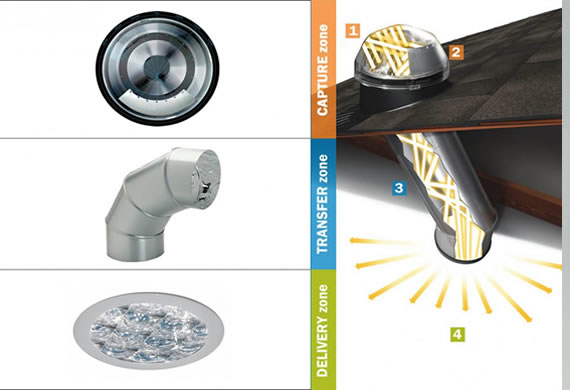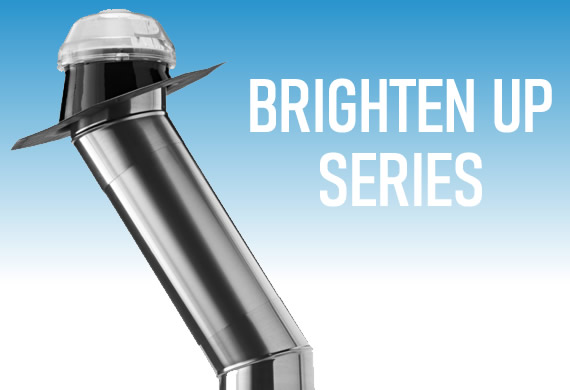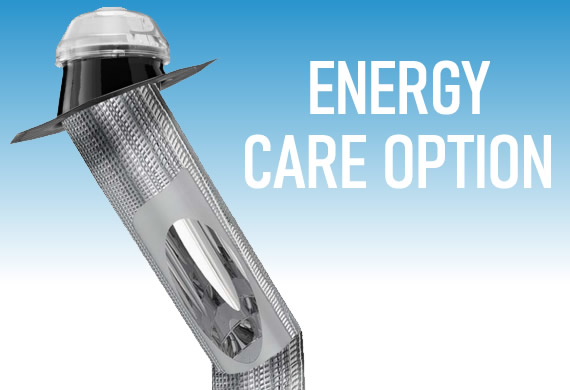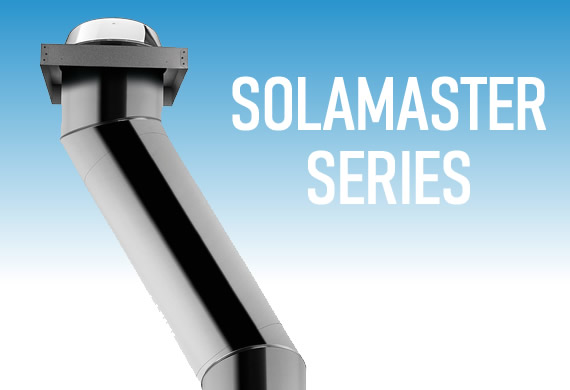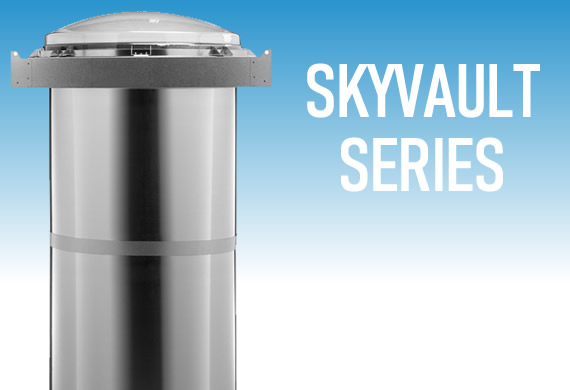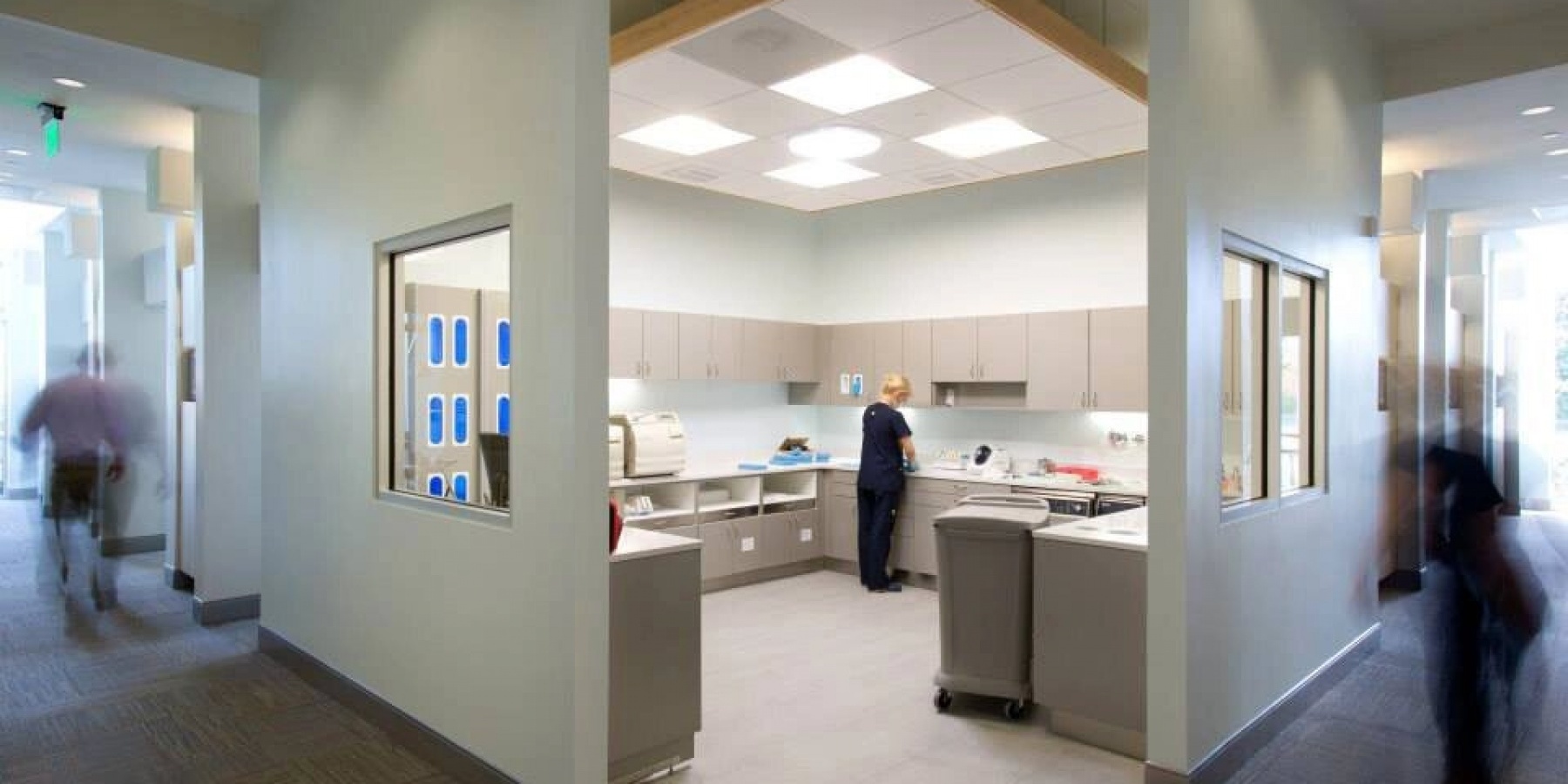
5 benefits of using daylight in healthcare spaces
The effective use of daylight in today’s buildings not only plays a significant role in achieving energy efficiency but also successfully nurtures people’s wellbeing by creating a healthy indoor environment. Each day, new research, case studies, design guides and design standards magnify the importance of daylight as a source of interior lighting that drives human health, productivity and happiness.
Unfortunately, daylighting is not always taken into account during the design phase of a healthcare institution. However, Solatube tubular skylight systems can pipe bright, natural daylight into many hospital or treatment rooms that don’t have windows.
.jpg)
Here is a look at the top six reasons for using daylight in health care spaces.
- Daylight is the best medicine
Tubular daylighting devices (Solatube sun pipes) can deliver daylight in to dark interiors and it is daylight that creates bright, calm and friendly environments that benefit patient wellbeing.
Scientists at the Lighting Research Centre (LRC), in Troy, New York, have reported that day lit environments increase occupant productivity and comfort and provide the mental and visual stimulation necessary to regulate human circadian rhythms and the production of neurotransmitters, such as serotonin.
The human circadian rhythms are the body’s natural clock. When your brain detects daylight it tells your body to wake up, and when darkness hits it triggers your body’s sleep mechanism. Exposure to daylight plays a significant role in regulating your sleep-wake cycle and has a positive influence on eating habits and digestion, body temperature, hormone release and other important bodily functions.
Exposure to daylight also increases our levels of serotonin, sometimes known as the happy hormone. Serotonin is a neurotransmitter (brain chemical) that puts us in a good mood and makes us feel energised, happy and well-rested, while fighting and reducing stress, anxiety, depression and seasonal affective disorder (SAD).
- Patients experience less pain in daylight
Studies have shown that patients who are treated in day lit health care facilities are found to have less pain, therefore requiring less pain medication, and heal faster, consequently having shorter hospital stays and overall lower medical costs.
The benefits of natural light on the way we feel don’t just apply to our physical wellbeing but also to our psychological health and mood. Studies have found that patients actually feel better, safer and have less anxiety when they have access to daylight because it creates a sense of physical and mental comfort.
- Daylight keeps us alert
Nurses and physicians work long, stressful shifts and are required to perform a range of complex tasks. Their alertness while performing these tasks is directly connected to both staff and patient safety. A study by Cornell University has shown that maximising access to natural daylight and providing high quality lighting design in nursing areas, improved safety levels. The study showed that by providing adequate interior illumination through daylight, the staff were able to manage tiredness, work in a better mood, and stay alert.
- Daylight creates comfortable, welcoming spaces
Psychologically, patients tend to determine the quality of a service or a health care facility based on the quality of the waiting room, including the lighting. If given the opportunity to choose between a facility with abundant daylight or one lit by electric lighting, most patients would select the former. This is because natural light makes almost any space more inviting.
A good daylighting design will enhance architectural features in a special way, infusing emotion and completely transforming the space to be more welcoming and comforting.
- Daylight helps cut energy costs
Given the 24/7 nature of health care facilities, reducing energy consumption and minimising environmental impact is also a key challenge. Fortunately, daylight is a freely available, natural resource and by using energy-efficient daylighting systems properly, substantial energy savings can be made. The use of daylight-sensing controls can further reduce the energy used for electric lighting by 20% to 60%.
As we have seen, the benefits of incorporating daylight in to healthcare buildings go way beyond simple energy efficiency, with daylight influencing virtually every aspect of a health care facility in a positive way. Effectively using daylight in health care spaces results in a facility that maximises patient and staff health and wellbeing.
For more information and pricing, email info@solatubescotland.co.uk or call Matthew on 07778 283 427 or check out our Ultimate Guide to Solatubes

